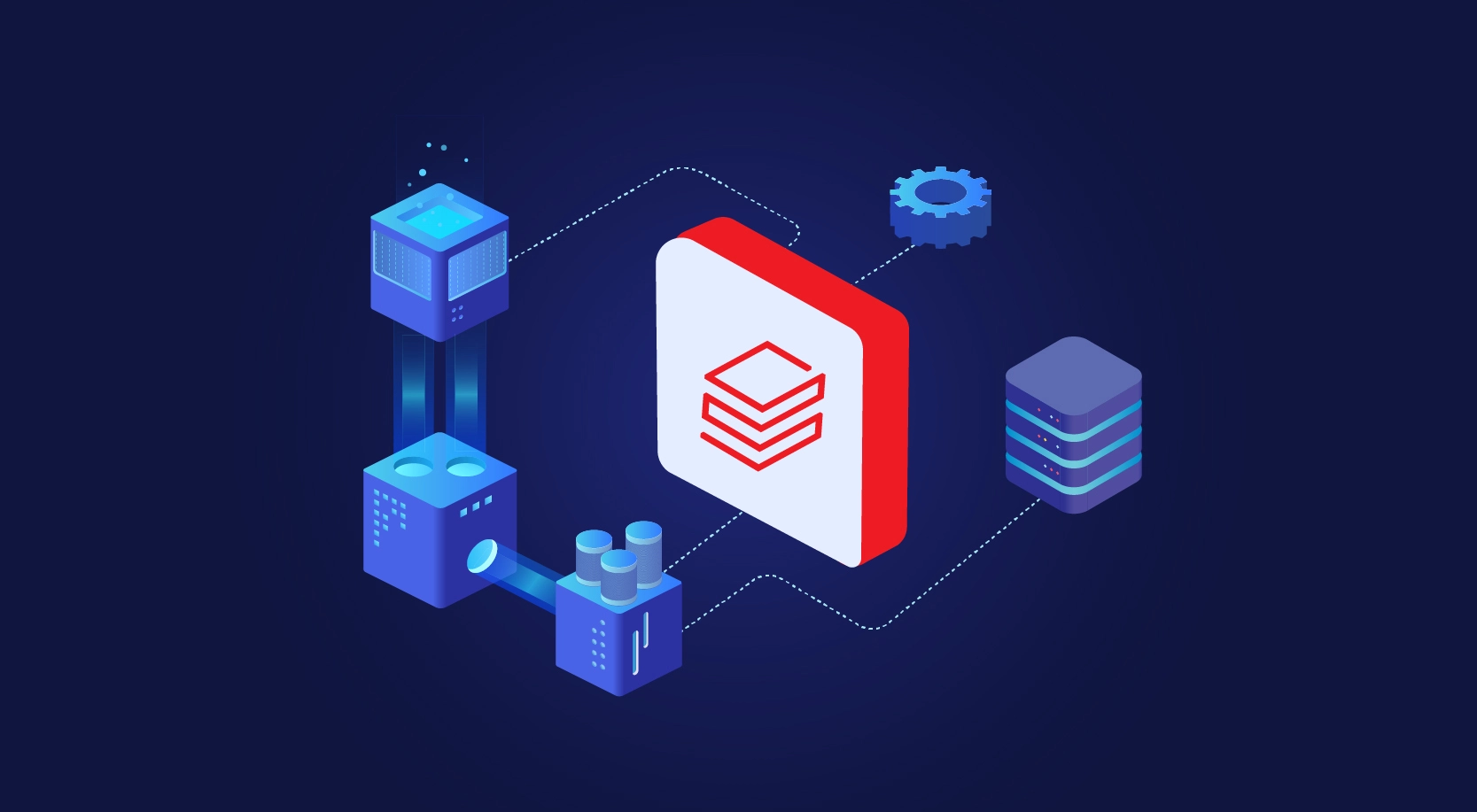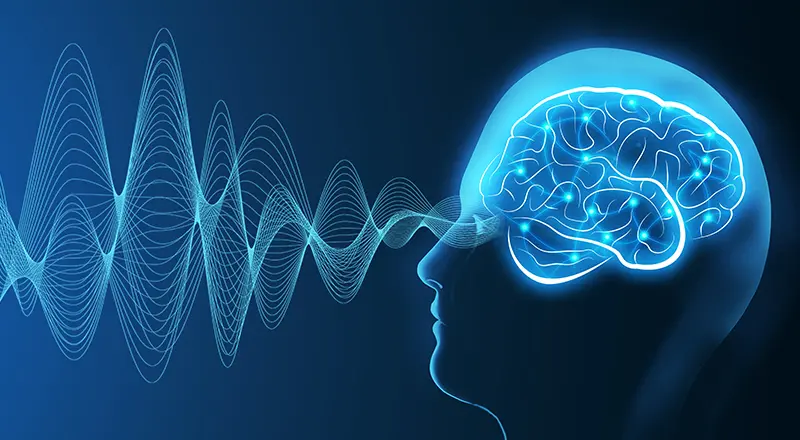
One can think of Ontology as a dictionary for computers to read or commonly described in metaphysics as ‘a set of concepts and categories in a subject area or domain that shows their properties and the relations between them’. It is a directory for terms, facts and definitions that enables programmers, analysts, and data scientists to maintain an inventory of knowledge in a provably consistent form. This inventory is in a language that machines understand and can effectively use for communication. There are many areas of AI while the press has mainly focused on AI/Machine learning, natural language understanding including information retrieval and question answering. Another critical branch of AI is concerned with symbolic processing, using technologies like logic, theorem proving and knowledge representation. One of the interesting uses of ontology can be to enable a philosophy of responsible AI, ensuring that all concepts and definitions around ethical and fair AI as well as any domain of application, can be in one library. This approach will help build knowledge and transparency; so, whether you are working with perceptive/pattern-based AI or with cognitive AI, an ontology is an important asset to build upon.
Let’s start with the ‘WHY’ – Clinician & Patient Experience Journey
Medicine has always presented great challenges for the clinician. The body of knowledge required to care for patients is immense. The cost of making a mistake can mean a patient pays the ultimate price. The expense of care has meant ever shorter time periods that can be devoted to the patient. Medical science is also far from complete. Diagnostic instruments are imperfect, people respond differently to treatments, and the exact model of how many conditions function is unknown. Added to this burden are world events, such as the current pandemic that has multiplied time pressure and uncertainty.
Computer software can be a great aid to medicine, but only if it provides actionable information that reduces information overload. More information that takes more time to digest is not the answer. Nor is it helpful to have more information, imperfectly integrated – conflicting information can lead to inferior decision-making.
One thing that machines can do is to provide relevant reminders of what to research further. Rare diseases and conditions are particularly problematic. Under time pressure, how can a rare condition be considered, especially if diagnostic procedures to eliminate it are time consuming or expensive or risky to the patient’s health, when, by definition the outcome of the test is mostly likely to be negative?
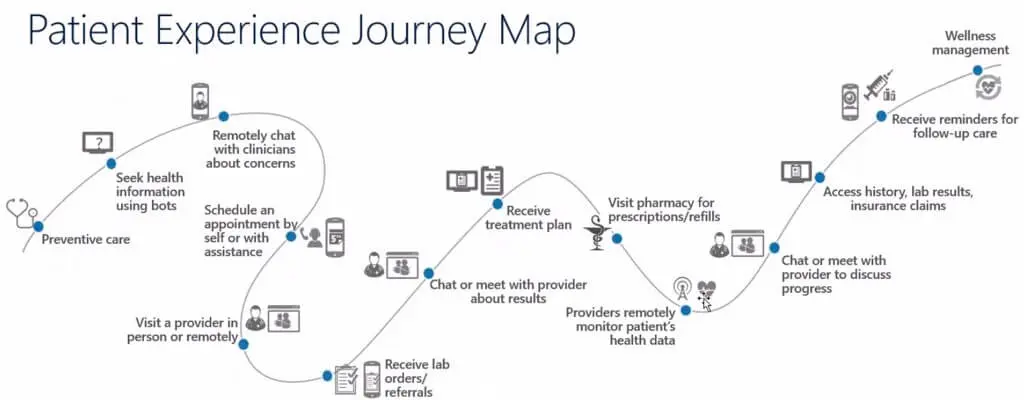
Source: Microsoft Healthcare
The current pandemic is changing the process of healthcare delivery, its priorities, and some of the systems and procedures that health care providers have taken for granted. With hospitals being stretched to their limit, it is imperative to find opportunities to make healthcare more efficient, more effective and still compassionate. Performing health care at distance increases the requirements for efficient information systems, with greater bandwidth in the capture and transmission of health data and analytics. When consultations are delivered remotely, or under increasing time pressure, having electronic systems that improve communication can improve patient well-being and comfort. A positive patient experience can improve treatment compliance and health outcomes. The patient is also a customer, and the process of personalized and relevant health care delivery can have a major impact on treatment.
Role of Ontology and Cognitive AI in Healthcare
Intelligence (CAI) refers to application of meaningful cognitive sciences to AI machines. It involves use of ontological representation of deep cognitive theories to bridge the gaps between research, engineering, and application of critical AI applications. While large AI-focused commercial firms and scientists have developed ontologies based on human expertise and knowledge-based AI, they are still naïve, and substantial developments are still work in progress here.
In addition to prioitizing patient privacyand security, there is a dire need for capturing machine-understandablemeaning for health care. Machines today have groups of labels and relationships, but thoselabels can only be matched, and not understood at a domain-specific cognitive level by machines. The context and the meaning of information is extremely critical. The same piece of information could be interpreted differently by different users (hospital administration, physicians, and patients), and that could be dangerous if not contextualized for each user during search/discovery.
To make AI purposeful in sensitive areas like medicine, it is important to provide this tailoring of information. Information and its meaning in healthcare must be drawn on cognitive concepts that are deeply rooted in sound theoretical knowledge, embodied in ontologies, and specific to the domain in question. For this to happen, we need a large, reliable, and easily accessible library where terms and concepts are explained in a very expressive language. Such a library will help reduce the gap in matching machine labels and relationships to ensure a more cohesive working environment, where each part of a human machine system has a common (Ontology) understanding of the terms being used.
Creating ontologies becomes a challenge primarily because it needs people who have knowledge of the domain as well as ontology. Just as with modern programming & MDM, we create partnerships between programmers and the analysts or domain experts. The key here is to start small; focus on a narrow domain, and reuse large ontologies created by others, just as the software development industry does with large libraries for operating systems, device drivers, and application programming frameworks.
Dr Adam Pease, a well-known Scientist & Researcher in Ontology and Formal Reasoning, has created SUMO or the suggested upper merged ontology, intended as foundation ontology upon which many other domain ontologies have been created. It’s the largest library of ready-to-use data that is available for free on GitHub with global citizen programmers constantly updating and reviewing it. It contains about 25000 terms and 80000 formal statements. It is not just a taxonomy, but rather a richly axiomatized ontology wherein all terms are defined in mathematical logic. The meanings are not dependent on a particular implementation that makes use of the logical theory. SUMO has been mapped to the WordNet semantic lexicon, with complete links to 117000 English word senses and 26 other languages. It also includes extensive tool support, including an integrated knowledge engineering environment called SigmaKEE, that also has a substantial API for embedded deployment of ontology-based applications like chatbots & RPA.
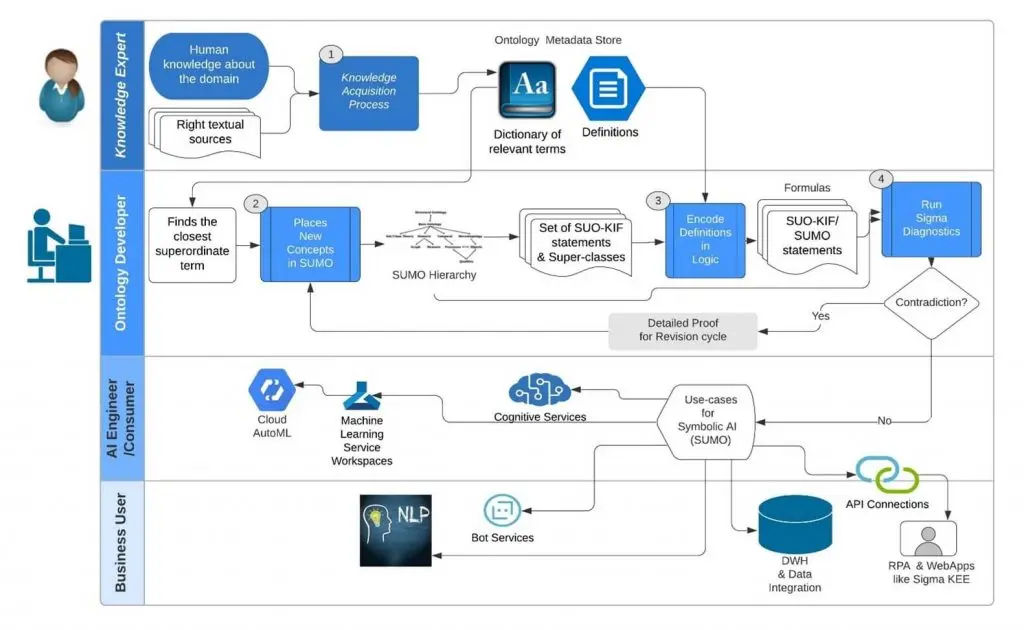
Holistic View of Ontology Development, Engineering & App Deployment
Although there are still differing opinions on how cognitive ontologies apply in AI solutions, we can predict that it will be instrumental in improving medical diagnosis, treatment and enhancing overall health expert systems.
Importance of Ontology-based Knowledge Mining
In designing an overhaul for global healthcare informatics, managing, and utilizing data from various sources is as important as developing cognitive systems. Mining local as well global data is essential for predictive clinical research, creating diagnostic and treatment efficiencies, improving overall health quality, customer relationship management, knowledge process automation, and optimizing costs. This data comes in the form of electronic medical records (EMR), doctor’s notes, and a number of advanced medical sources and devices.
One problem is that this data is largely unstructured. A pressing need today is a technology-led knowledge mining solution that is able to ingest all this data, make sense of it, in part by translating medical terms to appropriate ICD-100-CM and RxNorm codes, connecting data points to identify patterns and deriving actionable insights from them. The solution will essentially provide a relationship between the medical terms used in the data and the ICD-100-CM and RxNorm code list so that researchers and scientists can start linking different ontologies to create patterns of these knowledge goldmines. Just identifying standard codes is just part of the story. An ontology is needed to handle the context and application of such codes, and all the information about the world that is of concern to the clinician that disease and medicine codes were never designed to handle.
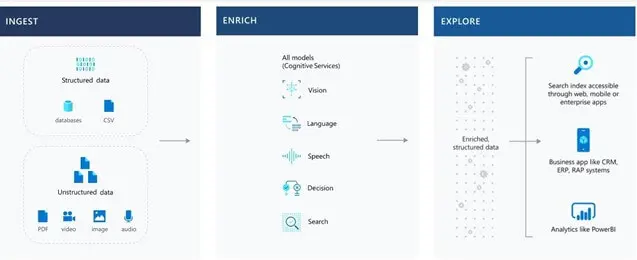
Knowledge Mining Process – Ingest, Enrich, Explore
How does it work?
Knowledge mining can help clinicians and medical organizations with insights that would otherwise remain untapped due to multiple limitations in human effort and technology. A 3-step process—ingest, enrich and explore insights—enables them to improve patient interaction and experience and make a difference.
1. Enabling Knowledge Extraction
As a first step, ingest content from structured and unstructured sources such as SharePoint, CSV, JSON, Documents, Azure SQL Database, video, audio and images. Then also get data from hundreds of third-party sources, via dedicated connectors (eg. FHIR). Also, text-based content must be extracted from PDFs, Microsoft Word docs, PowerPoints, and working across different document types and formats, including forms, web pages and open Office documents.
2. Enriching Metadata & Indexing
The second step involves referring/mapping to existing meta-data or CMS. This must be done without the cost and complexity of building and managing individual AI services. It will help in enriching your understanding of the content with cognitive skills, such as image classification, face recognition, language detection and key phrase extraction. Also, these operations let you create new fields in your search index, that is, besides those available natively in the source.
3. Customizing & Exploring Insights for your industry
The third and the last step in the knowledge mining process is integrating custom models or classifiers that can be built with any language or framework of your choice. For more specific solutions, you can supplement these insights with custom analyzers, invoke fuzzy search queries, add contextual search or set weighted parameters for your unique scenario. Optimizing the search model and related ontology (for graph-views) is also very important. You can explore insights with pre-configured search, or through analytics tools like PowerBI and enterprise business applications like Dynamics 365 (depending on the business use-case). Some customers of ours also prefer to integrate it with Teams and O365’s SharePoint collaboration sites.
Keeping Patients at the Heart of It
As we inch closer to True AI [Artificial General Intelligence (AGI)], there is going to be an increased focus on improving patient wellness and coordinated care. All organizations using AI in healthcare must keep patient wellness at the center of their process.
Health care is an unusual consumer business. There are few industries where purchasing a product or service has as much of an impact on the customer’s life. Yet there are also few industries where the customer has so little understanding of what they are purchasing. The very sophistication of modern medicine is a barrier to comfort with the purchasing process. When otherwise minor aspects of the process that are easily understandable by the consumer do not work well, such as registration and record-keeping, that can reflect on the perception of the quality of the far less understandable aspects of the scientific delivery of medicine. Lack of timely and complete information for the consumer can breed fear, worry and uncertainty.
Can we change health care informatics so that computers are an effective partner for the physician? Information systems are notorious for adding a burden. More forms to fill out, more annoying alerts and messages that distract from patient care. Could we create systems the present information relevant to a case at the moment it is needed, weighing costs and benefits, providing reminders of things that are simple to check, or where ruling out something rare is warranted because of risk factors not previously considered? It’s not going to be easy, but it’s a mission worth having.
Here, the key purpose-driven statements to focus on are:
- How might we…increase efficiency with actionable business insights that optimize clinical pathways, operational workflows and quality improvement using secure healthcare data?
- How might we…use AI in a purpose-driven way to become a technology enabler and push the drive towards medical terms findability, unlocking hidden insights, and providing personalized care?
A look at the patient wellness journey map above shows how patients interact with AI at various stages. Central to this journey will be Innovating Patient Experience with AI-based Telehealth apps, which I will be delving into in my next blog. It will be interesting to see how AI will evolve into an indispensable tool in our lives.
References

